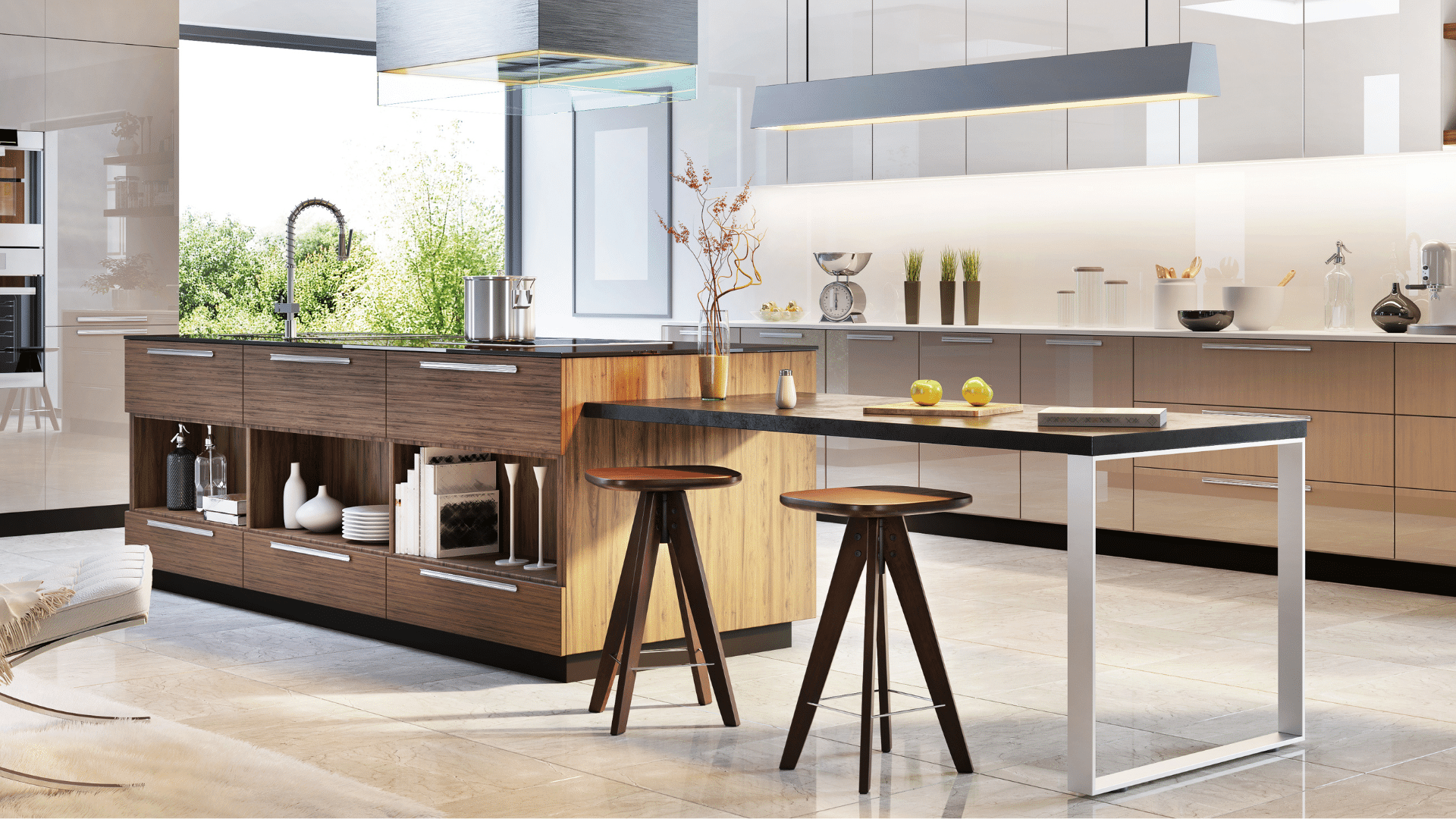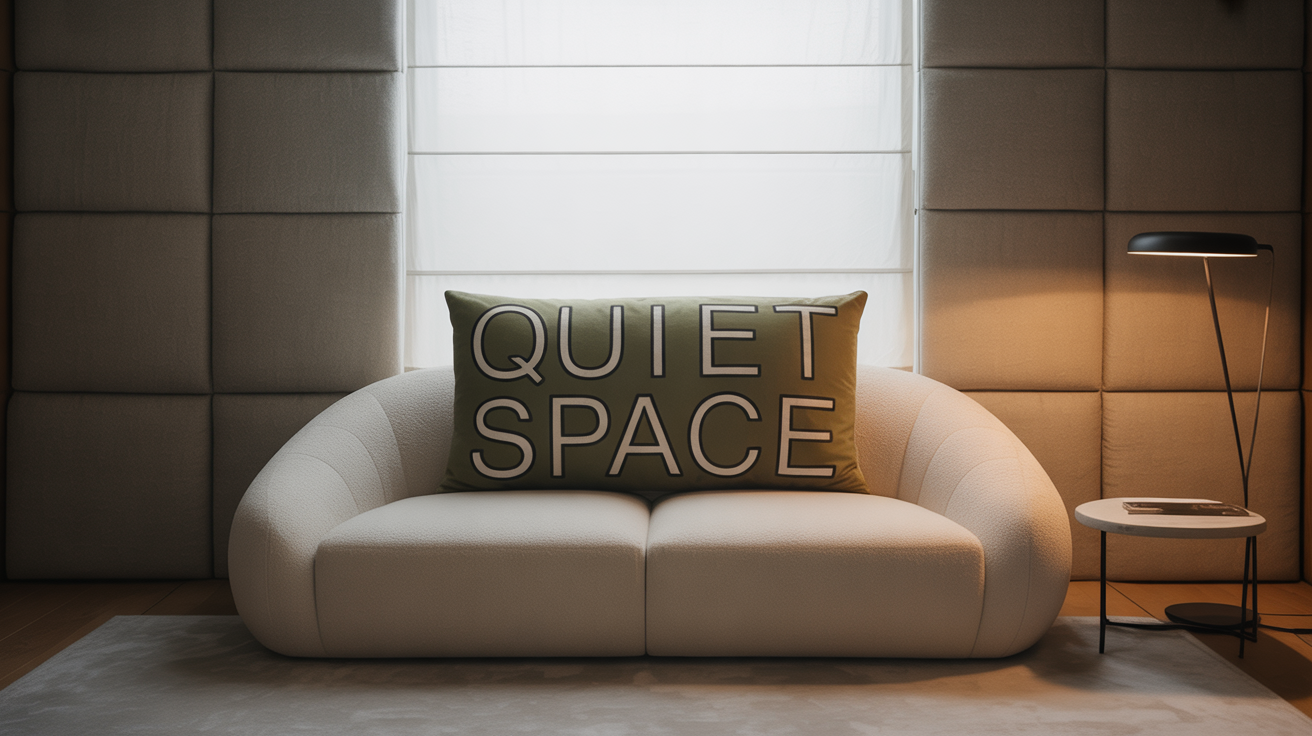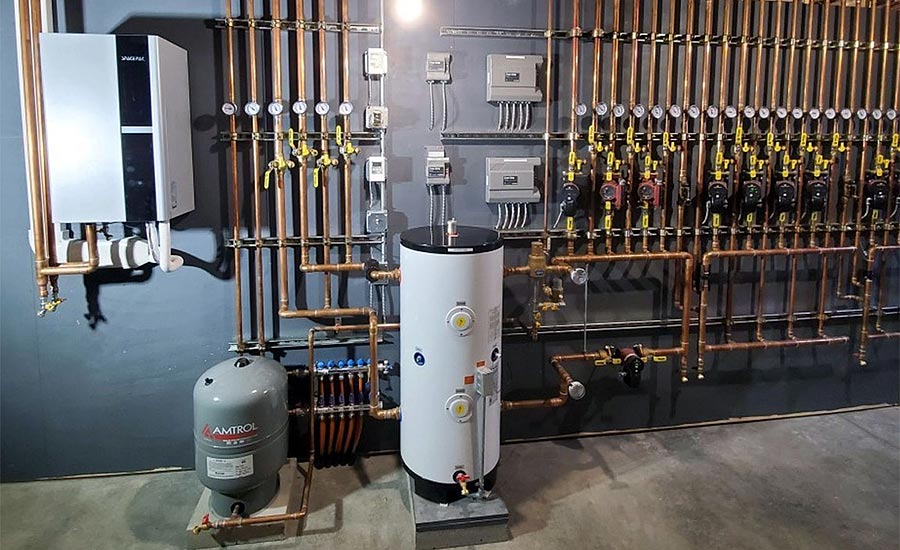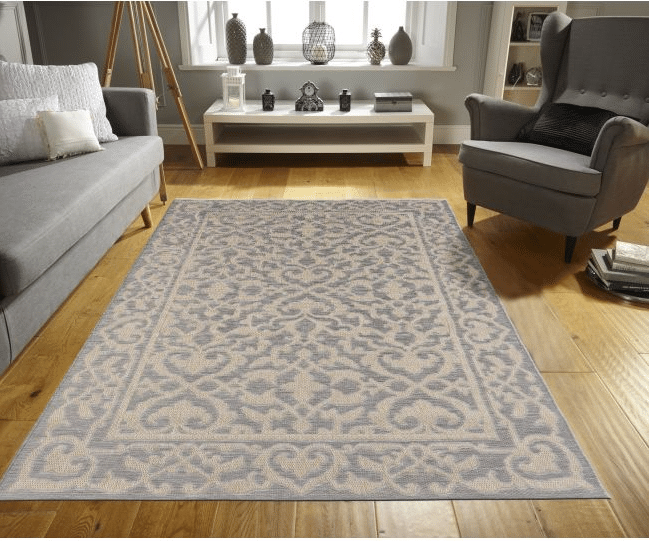Metal Kitchen Island Legs in Luxurious Dining Area
The kitchen island has become a central hub in modern homes. It’s a place for meal preparation, entertaining, and sometimes even casual dining. The addition of metal kitchen island legs helps elevate your kitchen’s aesthetics and create an inviting dining area. This article will mention some of the benefits of metal kitchen island legs in the dining area and suggest factors to consider when choosing to buy kitchen island legs, helping you make decisions more effectively and correctly.
What are Metal Kitchen Island Legs?

A kitchen island includes a large tabletop and base, located in the center of the kitchen area and easy to reach from all sides, like “an island”. The space below is often used by people to integrate additional cabinets to store kitchen utensils.
A kitchen island can be fixed or extended in length, depending on the homeowner’s needs. This is also the place used for food preparation, cooking, and cleaning. It is also used for quick breakfasts or small, close group gatherings.
From the 1980s – when the traditional kitchen island became popular, until now, it has been improved quite a lot, especially using other more modern materials such as metal kitchen island legs.
Metal kitchen island legs are used for supporting the countertop and cabinetry of a kitchen island. They come in many different styles and shapes to suit your personal preferences.
Benefits of Metal Kitchen Island Legs in Dining Area

- Creating a highlight for the dining area: The kitchen island is the center, and metal kitchen island legs contribute to highlighting the kitchen area by bringing a unique look and different experience, creating an inviting and modern space.
- Flexible mix and match: Metals are malleable so they have many design options for every style, from minimalist squares to statement X-shapes, allowing you to easily coordinate with your existing decor, consistent or contrast depending on your preference.
- Outstanding support: The main function of dining table legs is to support the tabletop, creating a stable foundation for cooking activities, displaying, and meeting close groups of people. Sometimes, it will also have to support the cabinet, so you need to clearly determine your needs before deciding to buy.
- Easy to clean: The open space beneath the island with metal legs allows for easier cleaning and sweeping compared to traditional cabinet bases. Metal, especially stainless steel, will also last longer because it doesn’t rot over time like wood.
Factors to Consider When Choosing Metal Kitchen Island Legs

Material
- Stainless steel: With the advantages of being sleek, modern, durable, and resistant to rust, scratches, and dents, stainless steel is a great choice for high-traffic kitchens. On the other hand, it also easily attracts fingerprints and feels cold to the touch. The shiny finish might not suit some design styles.
- Powder-coated steel: The outer powder coating is more matte than stainless steel, so it’s easier to hide imperfections and provides a finish that’s easier to coordinate in many different styles. However, if the coating quality is low, it will chip more easily.
- Wrought iron: This metal is suitable for people who love classic, rustic style and is perfect for traditional or farmhouse kitchens. Wrought iron is incredibly strong but requires regular maintenance with oil or wax to prevent rust.
Scale and Proportion
- Ability to expand: If you plan to broaden your kitchen island in the future, extended metal legs are very useful. Remember to choose consistent tabletop material and table leg height, as well as seat height.
- Leg thickness and height: Consider your existing kitchen counter height and dining chair height. A general rule is to ensure there are at least 26-28 inches (66-71 cm) between the underside of the countertop and the floor to comfortably accommodate most dining chairs. The thickness of the legs is also important, it must be proportional to the size and weight of the countertop.
- Leg spacing: Ensure there’s enough space between metal kitchen island legs for comfortable seating, allowing chairs to be taken in and out easily. Consider aiming for at least 24-30 inches (61-76 cm) between each leg for optimization.
Safety Considerations
- Sharp edges or corners: If you have young children, choose legs with rounded edges or consider adding corner protectors for additional safety. Or you can choose metal leg products that are meticulously designed and crafted, which are lightly rounded at the corners to ensure absolute safety.
- Stability of the kitchen island: Choose a leg shape that can support the weight of your island countertop and any items you plan to place on it. Consider the load parameters, because there are designs that look slim but can handle high loads.
- Ease of installation: While some metal legs are designed for DIY installation, others might require professional help. Find out if the product you want to buy has a pre-drilled mounting plate?
With just a few small changes, such as replacing traditional wooden legs with metal kitchen island legs, you can enjoy a new atmosphere right in the dining area and feel positive innovation in cooking as well as family gatherings.







